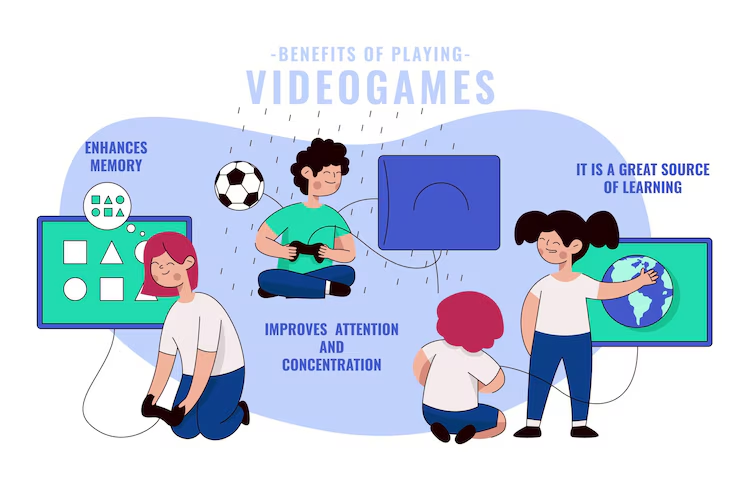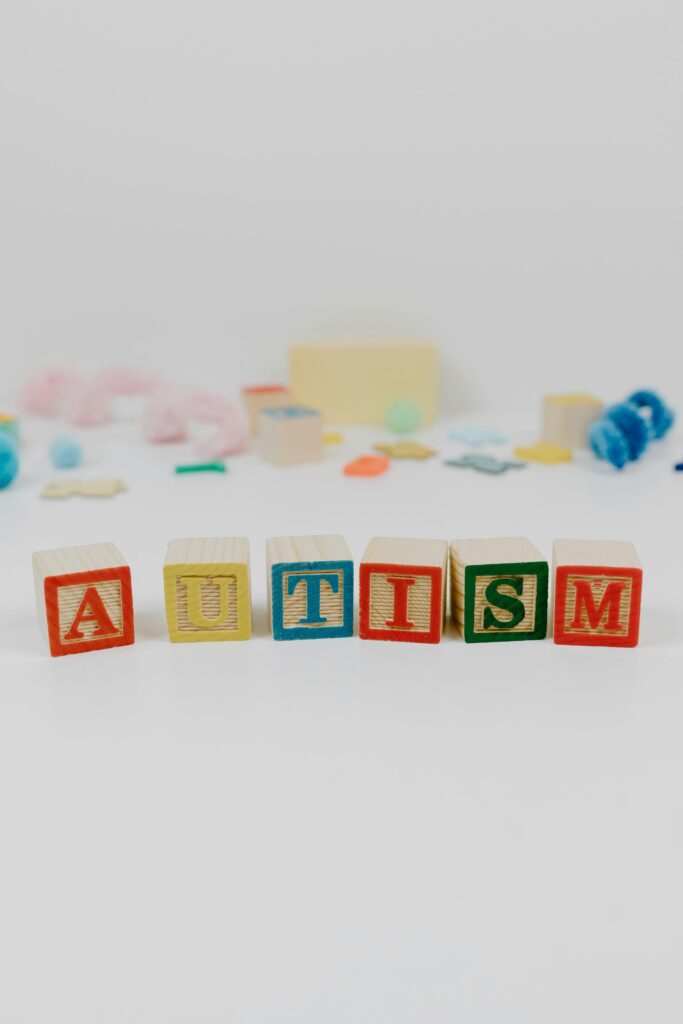Understanding Autism: A Neurodevelopmental Spectrum
Autism is a lifelong neurodevelopmental condition that affects how individuals perceive the world, communicate, and interact with others. Commonly referred to as Autism Spectrum Disorder (ASD), it encompasses a wide range of characteristics, challenges, and strengths. The “spectrum” signifies the variation in the type and severity of symptoms that individuals may experience.

ASD affects individuals differently. While some may require significant support in their daily lives, others live independently and may even excel in specific fields. Autism is not a disease; it is a difference in brain development and processing.
Early Signs and Symptoms of Autism:
Autism often begins to show signs before the age of three. Parents may notice behaviors such as delayed speech, lack of eye contact, repetitive actions, or limited interest in social engagement. Some children display unusual responses to sensory stimuli, such as being extremely sensitive to sounds, lights, or touch.
Recognizing these early signs is vital, as timely intervention can significantly improve developmental outcomes. The Autism background of a child including family history and early developmental milestones plays an important role in understanding individual needs.

Autism Spectrum Disorder (ASD) vs. Neurotypical Development:
In neurotypical development, children progress through social, emotional, and cognitive milestones in a relatively predictable manner. In contrast, individuals with autism often show irregular development. For example, they might exhibit exceptional memory or focus in specific subjects while struggling with language or peer interaction.
Understanding these differences is critical when evaluating children for Autism Spectrum Disorder. It helps caregivers and professionals identify the most appropriate form of support based on each individual’s developmental profile.
Causes and Risk Factors: What Science Suggests:
Research on autism indicates that both genetic and environmental factors contribute to its development. Specific gene mutations, prenatal influences, and environmental exposures can increase the risk. Parental age, complications during birth, and certain neurobiological factors have also been identified.
While there is ongoing exploration into alternative treatments, including homeopathic medicine for autism, it’s essential to approach such options with evidence-based evaluation and medical guidance.
Diagnostic Criteria and Assessment Tools:
Autism is typically diagnosed through behavioral observation and developmental assessments. Healthcare providers may use standardized tools such as the ADOS (Autism Diagnostic Observation Schedule) or ADI-R (Autism Diagnostic Interview-Revised) to determine the presence and extent of symptoms.
These tools evaluate communication abilities, repetitive behaviors, and social interactions. A comprehensive diagnosis often involves input from various professionals, including developmental pediatricians, psychologists, and therapists.
Life with Autism: Challenges and Strengths
Living with autism presents a mix of challenges and opportunities. Social communication difficulties, heightened sensory sensitivities, and restricted interests are common hurdles. However, many autistic individuals display exceptional skills in areas such as music, mathematics, visual arts, and logical reasoning.
Creative therapies have shown promising results in enhancing quality of life. For example, art therapy for autism has been used to improve emotional expression and reduce anxiety in children by providing a non-verbal form of communication.
Therapies and Interventions: Evidence-Based Approaches
Early and individualized interventions are essential in managing autism symptoms effectively. Commonly used therapies include:
- Speech Therapy – for improving communication
- Behavioral Therapy (e.g., ABA) – for promoting positive behaviors
- Social Skills Training – for peer interaction and relationship building
Occupational therapy and autism are closely linked, as occupational therapists help individuals develop daily life skills, regulate sensory input, and build independence in structured and unstructured environments.
Support Systems: Role of Family, Schools, and Society
Support for individuals with autism must extend beyond therapy rooms. Families play a critical role in emotional and daily support. Educational institutions are responsible for creating inclusive classrooms that cater to different learning styles.
Societal attitudes also influence the opportunities available to autistic individuals. In some cases, families explore unconventional treatments. While controversial, chelation therapy autism success stories are often shared in parent communities. However, this therapy should only be pursued under strict medical supervision due to potential health risks.
Advocacy, Acceptance, and the Evolving Conversation
The autism advocacy movement has made significant progress over the years. The focus has shifted from simply raising awareness to encouraging acceptance and inclusion. Many autistic adults now serve as self-advocates, shaping public policy and challenging outdated perceptions.
The concept of neurodiversity promotes the idea that autism is a natural variation of human brain development. As understanding deepens, communities, schools, and workplaces are increasingly embracing inclusive practices to support autistic individuals in leading fulfilling lives.
Debunking Myths About Autism:
Despite growing awareness, many misconceptions about autism still exist. Clarifying these myths is crucial for building a more inclusive and understanding society.
Myth: People with autism don’t feel emotions.
Fact: Individuals with autism experience emotions just like everyone else. They may express feelings in unique ways, but their emotional depth is very real.
Myth: Autism results from poor parenting.
Fact: Autism is a neurodevelopmental disorder, not caused by how a child is raised. Scientific evidence shows no link between parenting style and autism.
Myth: Everyone with autism has an intellectual disability.
Fact: Autism is a spectrum. Many individuals have average or above-average intelligence, and some possess extraordinary talents in areas like memory, math, or music.
Myth: Autism is curable.
Fact: Autism is not a disease. It’s a different way of processing the world. Support, therapy, and acceptance can significantly improve quality of life.
Myth: Vaccines cause autism.
Fact: This is a widely debunked claim. Decades of research confirm there is no causal relationship between vaccines and autism.
FAQs About Autism
❓ Frequently Asked Questions
Q1: What is autism?
A: Autism is a neurodevelopmental condition that affects communication, behavior, and social interaction. It is referred to as Autism Spectrum Disorder (ASD) due to the wide range of symptoms and severity.
Q2: At what age can autism be diagnosed?
A: Signs of autism typically appear before the age of 3, but diagnosis can sometimes be made as early as 18 months through behavioral and developmental assessments.
Q3: Can children with autism go to regular schools?
A: Yes. Many children with autism attend mainstream schools with the right support, including individualized education plans (IEPs), therapy, and classroom accommodations.
Q4: Is autism hereditary?
A: Research suggests that genetics play a significant role in the development of autism, although environmental factors may also contribute.
Q5: Can autism be treated?
A: Autism cannot be “cured,” but various therapies and support systems can help individuals manage challenges, enhance communication, and lead fulfilling lives.
Conclusion:
Autism is a complex and diverse condition that influences how individuals experience the world. Early identification, personalized interventions, and strong support systems are key to enhancing quality of life for those on the spectrum. With continuous research, increased societal awareness, and inclusive attitudes, individuals with autism can thrive and contribute meaningfully to their communities.

